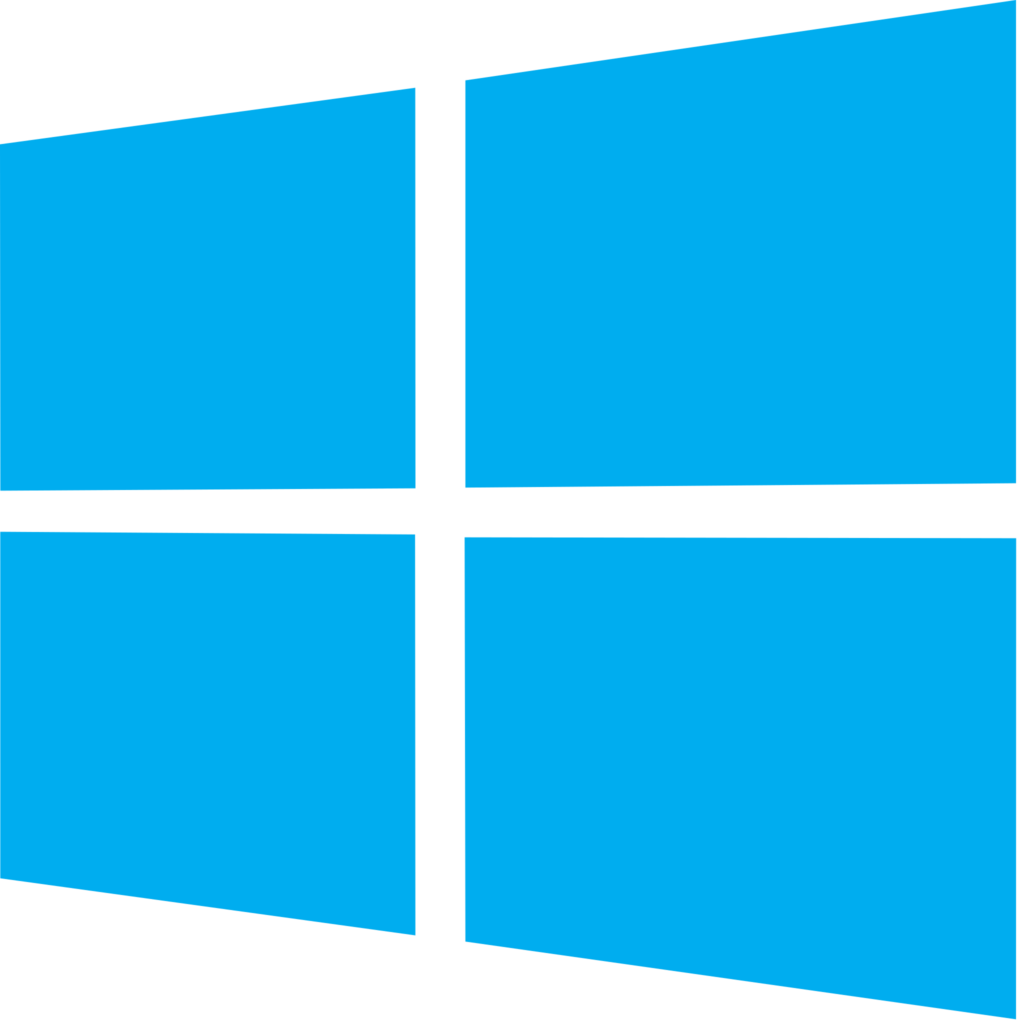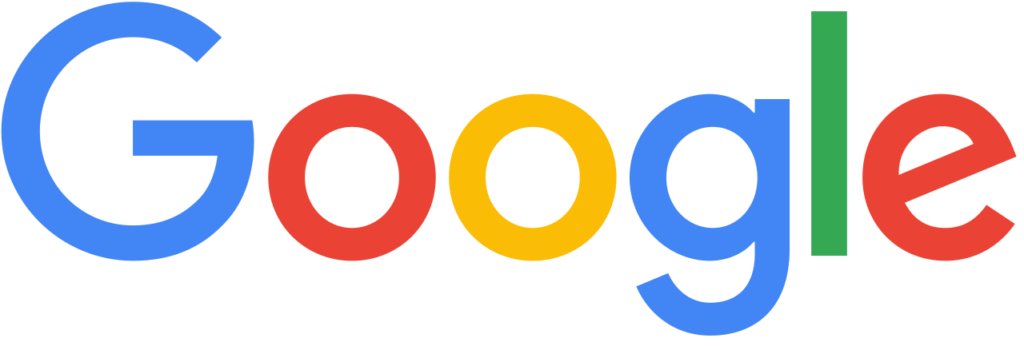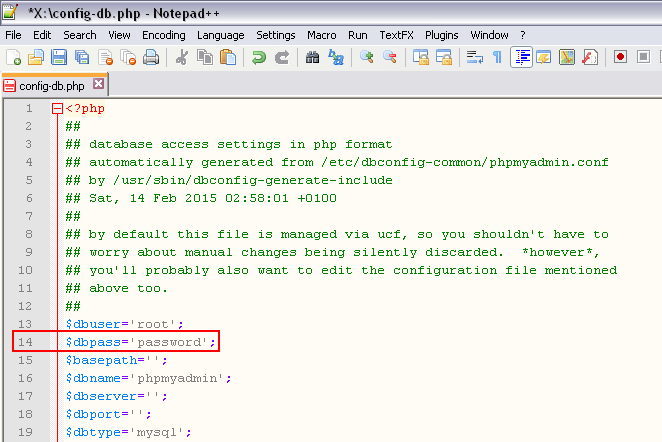YouTube just announced news today that all existing YouTube Partner Program (YPP) channels eligible for monetization must meet new minimum threshold requirements, starting from February, 20th 2018.
New YouTube Rules
Under the new rules, your new or existing channel now must have:
- 4000 hours minimum watch time in the past 12 months (240 000 minutes or more)
- 1000 subscribers or more
If your channel fails to meet both of above requirements, YPP contract will be terminated within next month!
Additionally, all existing channels which are well above new limits, including the ones that will become eligible based on pure numbers, will receive manual reviews in the upcoming months. This means that even if your channel is popular, it might not get approval for Partner Programs and Ads revenue!
Read the answers from YouTube officials which further explain recent changes.
Why Google increased minimum threshold for YouTube Video Monetization?
YouTube CEO Susan Wojcicki gave a glimpse of light reflecting near-future changes in December last year (2017), about platform abuse, bad content and copy-cats, service abuse by terrorists and politicians, and also incorporating ARTIFICIAL INTELLIGENCE (AI) with machine learning algorithms to automatically tag and moderate such content.
Read her complete announcement here.
In short, there are at least several contributing factors, but long story short is that advertisers demand stricter content control by YouTube where and when their ads appear.
Opinions
We honestly think that this is not fair to all existing creators and channel owners, particularly on such a short notice. If, for example, your channel has a lot of viewing hours, but not many subscribers, YouTube will stop showing ads and disable monetization tools in your dashboard.
YouTube network is pressing content creators, because the monetization pool is shrinking. Just few months before the end of 2017. Google announced that they will remove non-skippable ads from YouTube. And, that was a good move for the viewers. However, that huge gap now must be filled somehow, and we see the results – it falls both on YouTube itself, and it’s content creators in a fair share.
Things are getting harder every day in digital media, few years ago you could run a small website and have just enough revenue to pay for the hosting, domain and maintenance bills. Today, however, you need a lot more just to pass eligibility threshold. Same thing is now happening with YouTube, unfortunately.
On the other hand, questionable content hurts both YouTube as a publishing platform, and Advertisers, whose products and services become directly associated with low quality channels, and morally and ethically challenged messages.
But, let us all hope this change will bring better content and user experience to everyone, despite the fact it will make the success route for beginners in the game a lot harder and far more challenging.










![Xiaomi App - How To Re-Install Stock Factory Version - How To Fix Corrupted Gallery App [no root]](https://tehnoblog.org/wp-content/uploads/2025/09/Xiaomi-Gallery-App-Code-Bugs-Artwork-1024x576.png)



















Comments
Post A Comment